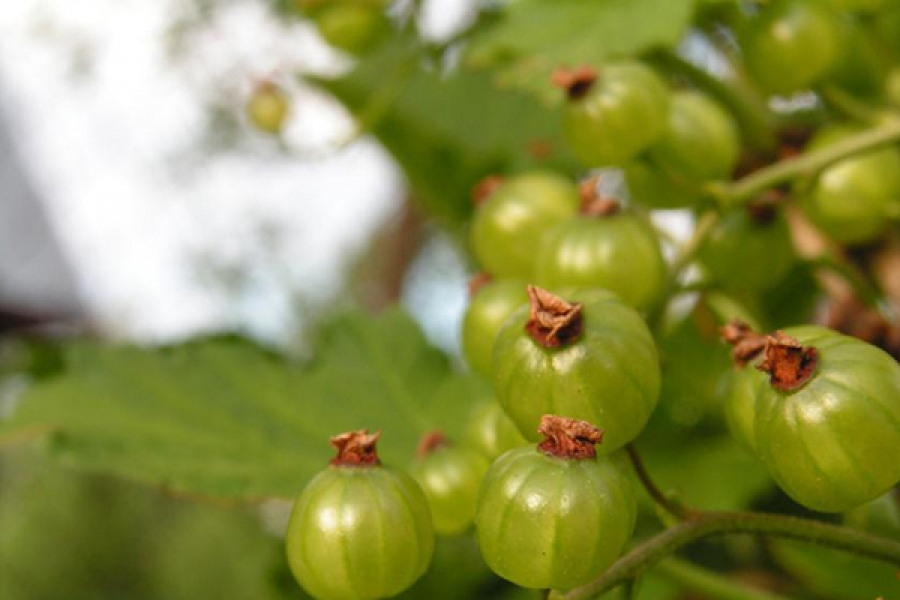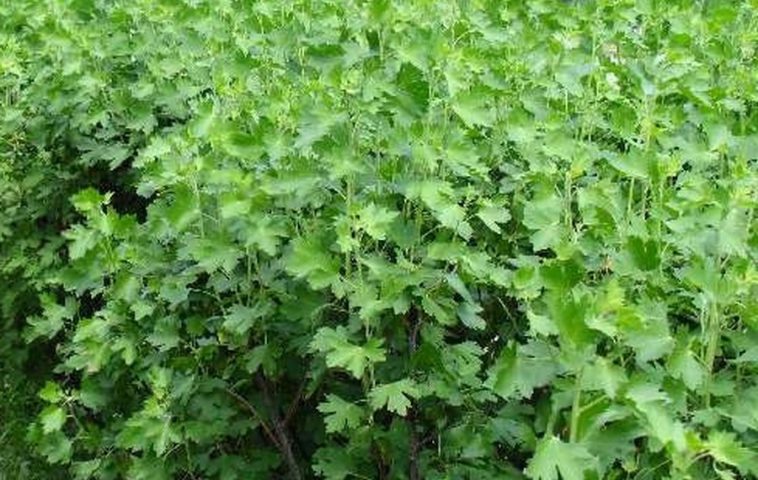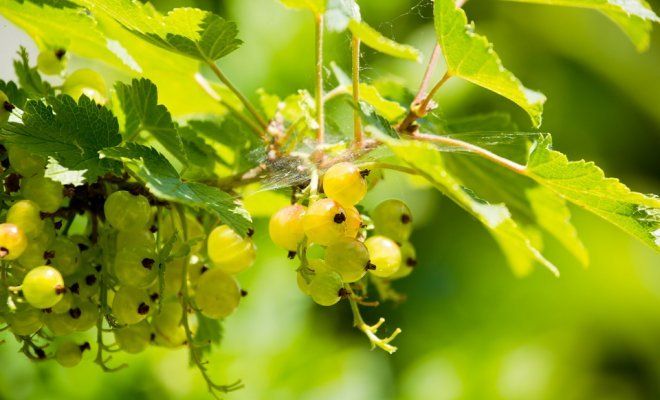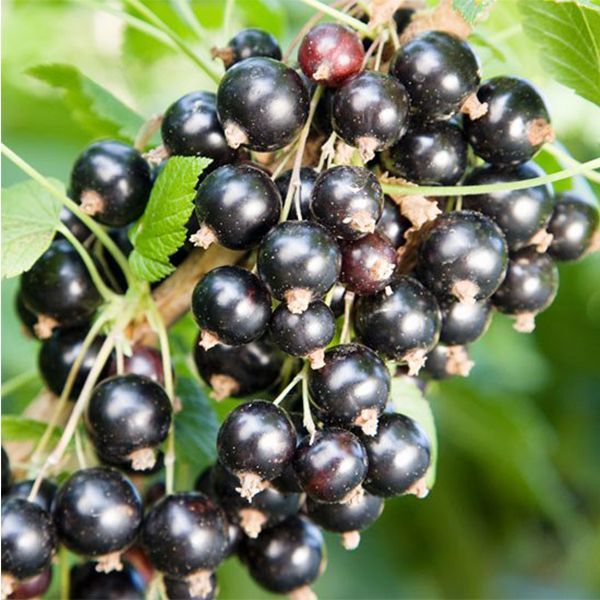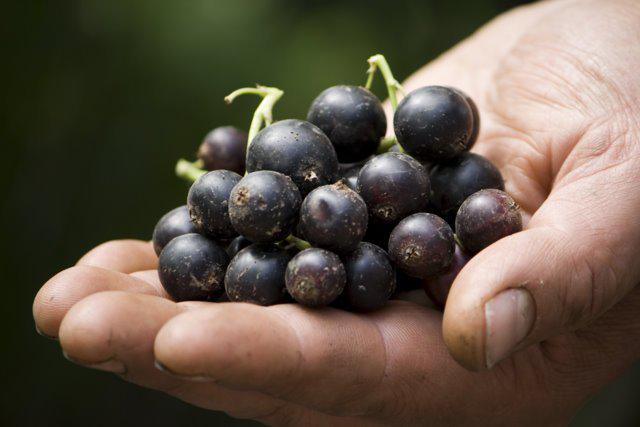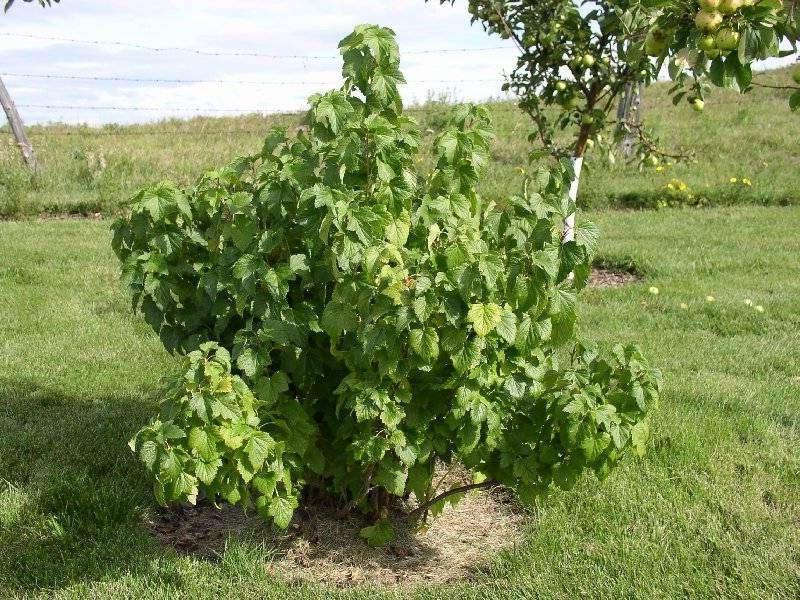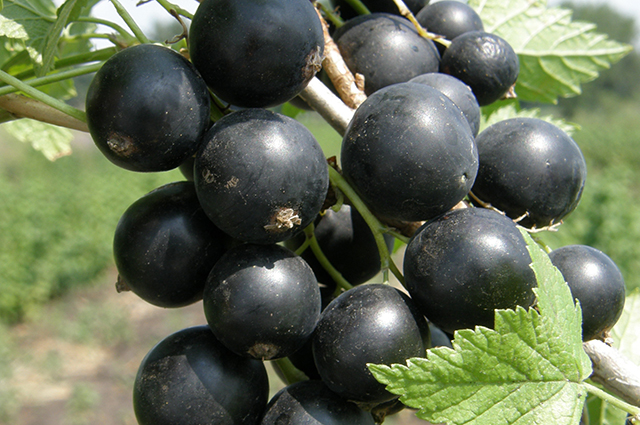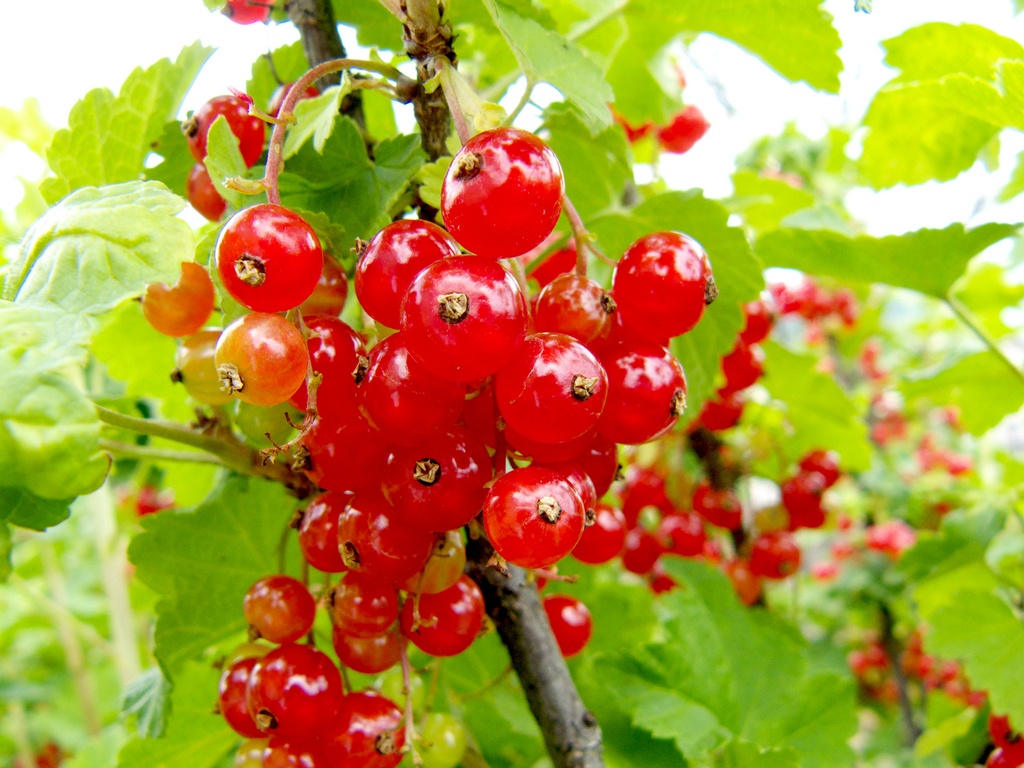Content:
Many have heard of green currants, but few of the gardeners decided to plant it on their site. And only a few have achieved success in growing this berry. But if you follow all the recommendations that are described in this article, then the chances of becoming the owner of an outlandish culture will be maximized.
Green currant Emerald necklace is a variety of the well-known black currant, the taste and aroma of which is familiar from childhood. For the first time, a description of green currants was recorded in Siberia in the first half of the last century. But the variety did not receive wide distribution and was eventually exported to Germany and Finland. Only a year later, he returned to Russia under a different name, and, thanks to the efforts of scientists-breeders of VNIIS named after I. Michurin, gained variety and distribution. In 2009, the Emerald Necklace variety was registered in the State Register.
Characteristics and features of the variety
The frost resistance of the variety is very high, which makes it possible to grow it in the harsh regions of the country. The yield depends on the care and can be 10 tons per hectare, which is equal to about 3 kg per bush (minimum 2.2 kg). In terms of ripening, this variety is mid-season, harvesting occurs mainly at the end of August.
The bush is medium spreading, round, up to 1.2 m high, ligneous shoots, thick, gray in color. It has a superficial root system, lying at 20-30 cm. The leaves are slightly shiny, smooth, green, five-toed, with teeth.
The green currant Emerald Necklace blooms in May-June, depending on the region. Decorative flowers with beautiful sepals, goblet-shaped, without petioles. They have a delicate purple color, medium-sized, collected in hanging brushes. The brushes themselves are dense, can reach a length of more than 10 cm (minimum - 6).
The berries are large, round, light yellow with a greenish tint. The mass of one berry is from 1 to 4 g, 10-12 pieces per brush. The skin is thin, the flesh is tender, emerald, sweet and sour taste, with a less specific odor compared to other varieties. Berries are universal.
Agrotechnical features
How to choose a place for planting currants so that the bush is healthy, develops and gives a good harvest:
- A sunny place is required. If the currant receives less light, then the berries will lose their taste, and the bush itself will lose its fertility;
- The southern or southwestern side of the site is best;
- You can plant a bush near the fence in such a way that it will protect it from the north or prevailing wind;
- Of the soils for this culture, loam is preferable, but it can also grow in sandy loam;
- Acidity should be weak or neutral - pH 5.0-6.5;
- The height of the groundwater table should not exceed one and a half meters.
Landing
The best time to plant is in the fall (September-October) or spring before the leaves are in full bloom. Two-year-old seedlings, which can be cut by two-thirds, are promising planting material. First, you need to prepare a hole 50x50 cm and pour half a bucket of water into it. Between two adjacent bushes, you need to leave 1-1.5 m, since one plant requires a nutritional area of 1-2 square meters. m.If there is a threat of flooding on the site, then drainage must be poured at the bottom of each pit.
Mix the excavated earth with superphosphate (170 g), ash and potassium salt (35 g each). If the soil is acidic, add a pound of lime or dolomite flour there. The seedlings should be placed in a hole at an angle of 45 °, while deepening the root collar by 5-10 cm to stimulate the formation of new roots. Next, you need to fill up the resulting soil, periodically shaking the seedling so that there is no air space between the roots and the ground. Planted plants should be watered abundantly, at least a bucket under each bush. So that moisture does not evaporate quickly, and the soil remains loose, the seedlings need to be mulched with humus, sawdust or peat.
Watering and feeding
Green currant is a very moisture-loving culture. It is especially necessary to avoid a lack of water during the period of flowering and fruit set in May-June and during the growth and ripening of berries, which falls on July, early August. It is also necessary to water the bushes abundantly after harvesting.
Top dressing is of great importance for plant health and currant yield. The first feeding is done in early spring, this will require 15 g of urea and 20 g of saltpeter. During the beginning of the ovary, organic fertilizers can be used, namely:
- horse manure humus;
- solution of bird droppings (at the rate of 1 part of droppings per 12 parts of water) - 1-1.5 buckets for a bush;
- solution of cow dung (1: 6), also 1-1.5 buckets per plant;
- every 3 years, it is advisable to add a bucket of compost under each currant bush.
It is imperative to feed the plants after harvest (70 g of double superphosphate, 30 g of potassium sulfate or 100 g of ash). This will give him the opportunity to get stronger, gain strength to lay the kidneys and successfully survive any winter. Also, with the onset of stable cold weather, it will not hurt to mulch the near-trunk circle with compost.
Pruning
Pruning serves several purposes:
- increasing the yield and size of berries due to the rejuvenation of the bush;
- prevention of plant diseases due to thickening and aging of shoots;
- prevention of pests.
The most productive are the branches of the first and second years of life. Therefore, it makes sense to start pruning in the third year after planting, that is, from five-year-old bushes. Do not feel sorry for the old branches, even if they started new shoots, since the yield on them will still be low due to poor nutrition of the branches. There are pruning rules that will help not to harm the bush and increase the yield:
- Pruning should be carried out during the dormant period of the plant: either in early spring before the beginning of the growing season, or in late autumn;
- If you need to rejuvenate a running bush, then you should not cut off all the old branches at once, so as not to cause severe stress to the plant;
- Weak and old branches should be removed periodically;
- It is necessary to cut off the shoots as low as possible so that no hemp remains;
- Even young branches need to be removed if they are weak, crooked or lying on the ground;
- One bush should not have more than 15-20 branches. It is desirable that they be of different ages - 3-4 shoots of annuals, biennials, etc.
Reproduction
Reproduction of black currant Necklace is carried out vegetatively. Two methods are most acceptable: lignified cuttings and horizontal layering.
Reproduction by cuttings should be started in the fall, after harvest. It is necessary to select strong annual shoots without damage and cut them with a sharp knife or pruner into cuttings 20 cm long. The bud should be 1.5 cm higher than the cut. Cuttings can be planted in the fall before the onset of stable frosts, so that they have time to take root. Or you can store the cuttings in a cool place until spring and plant them when the soil warms up to t + 80 C at a depth of 10 cm.It is necessary to plant cuttings in a prepared, loose, fertilized soil, to a depth of 10-15 cm, then compact the earth, water it well and mulch with peat or humus.
There is another breeding method - dividing the bush. In this case, a strong young bush is divided in half with pruning shears so that both parts have enough roots and shoots. But the survival rate of the bushes with this method is low, so it is worth using it only as a last resort.
Advantages and disadvantages
The green currant has different varieties: Gold of the Incas, Tear of Isis, the Snow Queen, and gardeners also fell in love with Ferti's green currant. All of them differ in terms of ripening, winter hardiness and sizes of fruits.
The advantages of the Emerald Necklace are many:
- good frost resistance;
- self-pollination is possible;
- powdery mildew resistance;
- spider mite immunity;
- high productivity;
- practically does not cause allergies;
- decorativeness - ripe berries strewn with the bush really resemble a necklace.
There are practically no flaws in the species, except that the berries are not distinguished by their huge size and strong currant aroma.
So, any gardener can grow currants with unusual berries, the main thing is to invest his soul and time in this business. The culture will thank you for the care with a generous harvest and will charge you with health for the whole year.
